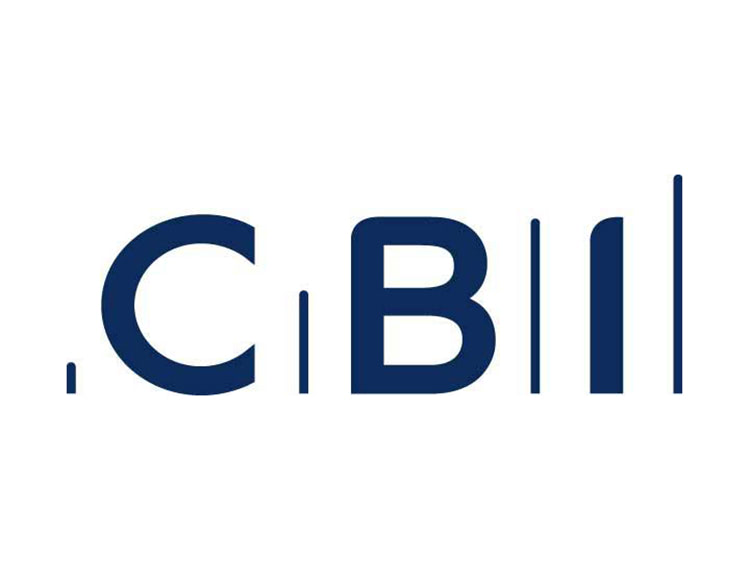UK economic activity continues to be slow but steady

There were a wide variety of economic data released over the last couple of weeks, which painted familiar themes for the UK economy. While the labour market continues to grow strongly, real wage growth remains weak and living standards are still under pressure. Recent CBI surveys indicate some pick up in momentum in the three months to July, but growth remains relatively tepid overall and expectations are for a slight softening in growth in the near-term.
In their latest world economic outlook update, the IMF continued to expect the global economy to grow strongly, leaving their global growth forecasts unchanged for 2018 and 2019 (at 3.9% and 3.9%, respectively). However, they noted that growth is becoming more uneven across countries & regions, with the UK and other European countries (in particular) seeing their growth forecasts downgraded for 2018. Additionally, the IMF asserted that risks to the global outlook have become more skewed to the downside amongst escalating trade tensions.
CPI inflation remained unchanged in June for the third consecutive month, at 2.4%, the joint-lowest since March 2017 and below consensus forecasts of a slight rise (2.6%). Upward price pressures from transport and energy prices were offset by downward movements from almost every other part of the CPI basket. In particular, there was a sharp drop in clothing and footwear prices, which seemed to be driven by larger-than-normal discounts at the start of the summer sales.
The latest UK labour market stats indicated that the workforce population remained in rude health in the three months to May. The employment rate increased to 75.7%, up 0.3 percentage points on the quarter, bringing it back to the joint highest since comparable records began in 1971. The unemployment rate was at 4.2%, down by 0.1 percentage point compared to last quarter and once again at the lowest level since 1975. That being said, real regular pay (excl. bonuses and adjusting for CPIH inflation) dropped to 0.4% on a year ago (on the less volatile three-month rolling basis). This fall in real pay hit a six-month low, which suggests that the squeeze on household incomes persists unabated.
Looking at more recent indicators of economic activity, the CBI’s Growth Indicator – which consists of a composite measure of the CBI’s distribution, manufacturing, and services surveys – reported that private sector growth picked up in the quarter to July, with the balance of firms reporting a rise in output standing at +14%, up from +6% in June. The moderate acceleration was driven by a recovery in sales growth for consumer services and distribution – the latter reflecting a pick-up in wholesaling. Manufacturing output continued to grow at a strong pace, but business and professional services growth remained subdued. Looking ahead, private sector growth is expected to ease slightly in the three months to October (+8%), as consumer services loses steam and manufacturing growth eases.
More specifically, the latest monthly CBI Distributive Trades Survey indicated that retail sales growth expanded at a healthy pace in the year to July, albeit at a slightly slower rate than in the previous month. The outlook for the coming month is less upbeat, with retailers expecting sales volumes and orders to flatten out.
Meanwhile, the quarterly CBI Industrial Trends Survey reported that manufacturing growth accelerated to its strongest pace in a year. Export orders growth remained strong, outpacing growth in domestic orders (which nonetheless picked up on the quarter). However, investment intentions in “intangible” areas (product & process innovation and training & retraining) deteriorated and are now at their weakest since the financial crisis. Growth in output and total orders are expected to slow moderately in the three months to October.












Responses